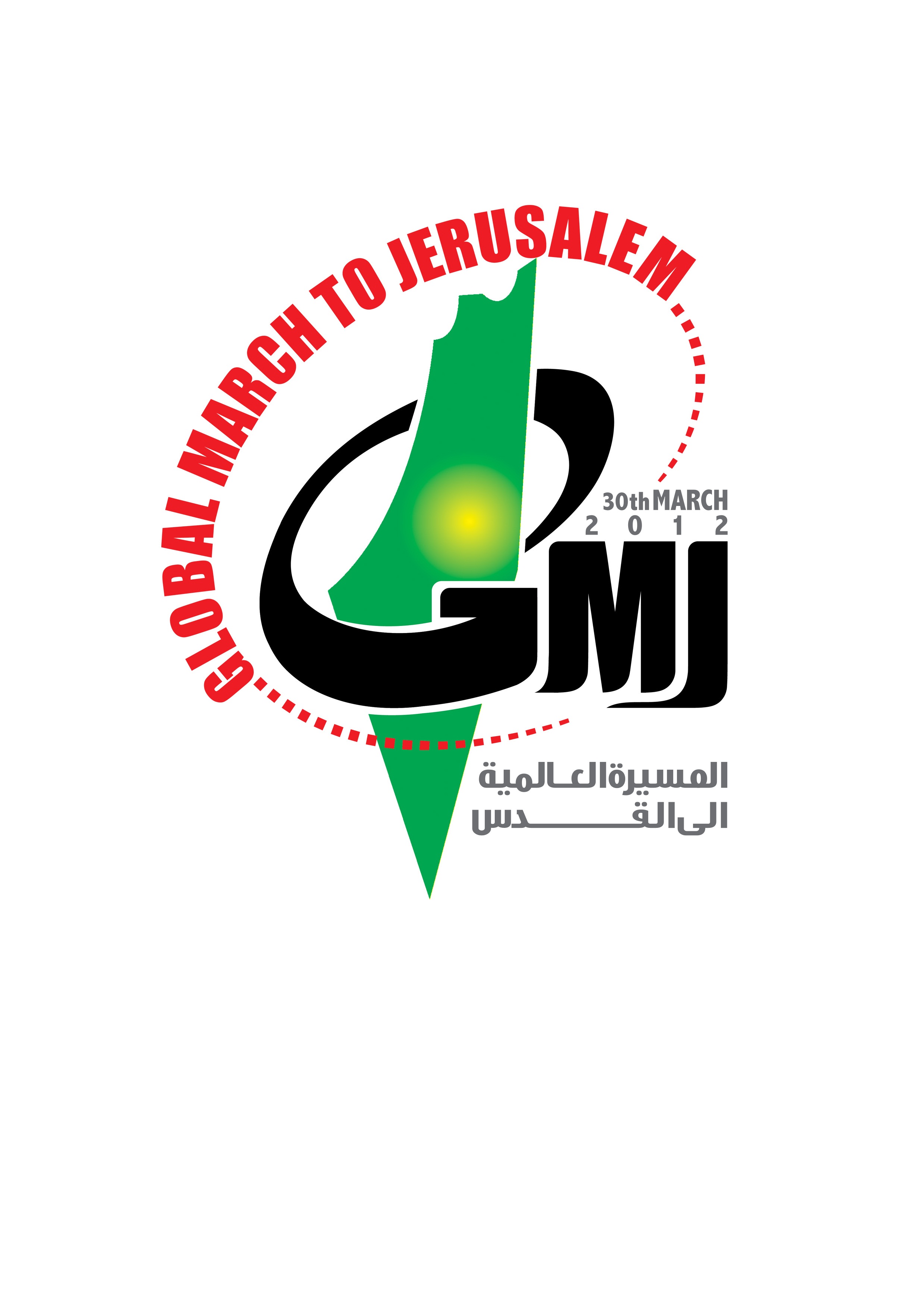3 February 2012 | International Middle East Media Center
During the weekly non-violent protest in the village of an-Nabi Saleh on Friday several injuries were reported including that of a French citizen who was struck in the neck by an Israeli projectile.
The young woman, reported to be named Amessi, was struck in the neck, initially thought to be by a tear gas canister, but later reported to be a rubber coated steel bullet. As of yet reports remain conflicted.The young woman was cut by the shot and lead to bleeding from the wound.
Reports state that the young woman has been transfered to hospital where she is stable.
Israeli military major, Peter Lerner, has claimed via his Twitter account that the young woman was struck by Palestinians throwing stones.
Furthermore, it was reported by activists at the scene and by the Popular Struggle Co-ordination Committee that Nariman Tamimi attempted to film the young woman’s injuries, but was assaulted by Israeli soldiers.
In addition to the injury sustained by Amessi, another international activist was struck in the waist by a tear gas canister. The young man, reportedly, has extensive bruising to the area.
In total residents of the village have reported 13 injuries in an-Nabi Saleh, not including those suffering ill effects from tear gas inhalation.
On December 9th 2011 village resident, Mustafa Tamimi was killed when military personnel shot out of the back of their armed jeep, striking Tamimi in the face with a tear gas canister.
Tamimi succumbed to his wounds.
The firing of high velocity tear gas canisters directly at protestors violates both international law regulating the use of so called non lethal munitions, and Israeli domestic law, yet several activists, both Palestinian and international, have been killed and severely injured by direct shots from tear gas canisters.
In April 2009, Basem Abu Rahme was killed in the village of
Bil’in when shot in the chest with a tear gas canister, and U.S. citizen Tristen Anderson was left disabled when shot in the head by a canister in March 2009.
Anderson was taken to a hospital in Tel Aviv where he underwent brain surgery, having a portion of his frontal lobe and fragments of shattered bone removed.
Updated from:
BREAKING: Woman Shot in Head by Israeli Military in Nabi Saleh
Friday February 03, 2012 16:11 by Circarre Parrhesia – IMEMC News
Activists in the village of an-Nabi Saleh are reporting on Friday that a woman has been shot in the head by a tear gas canister fired by the Israeli military.
Resident of the village Linah al-Saafin stated on her Twitter account that a young woman was shot in the face by the Israeli military, which was followed by information from Deema al-Saafin that the young woman was shot by the military with a tear gas canister and then taken from the scene by the military.
Activists based in the villages that hold non-violent protests regularly update followers as to the events of the protest via their accounts on social networking platforms such as Twitter.
On December 9th 2011 village resident, Mustafa Tamimi was killed in a similar incident when military personnel shot out of the back of their armed jeep, striking Tamimi in the face with a tear gas canister.
Tamimi succumbed to his wounds.
The firing of high velocity tear gas canisters directly at protestors violates both international law regulating the use of so called non lethal munitions, and Israeli domestic law, yet several activists, both Palestinian and international, have been killed and severely injured by direct shots from tear gas canisters.
In April 2009, Basem Abu Rahme was killed in the village of Bil’in when shot in the chest with a tear gas canister, and U.S. citizen Tristen Anderson was left disabled when shot in the head by a canister in March 2009.
Anderson was taken to a hospital in Tel Aviv where he underwent brain surgery, and had to have a portion of his frontal lobe and fragments of shattered bone removed.







